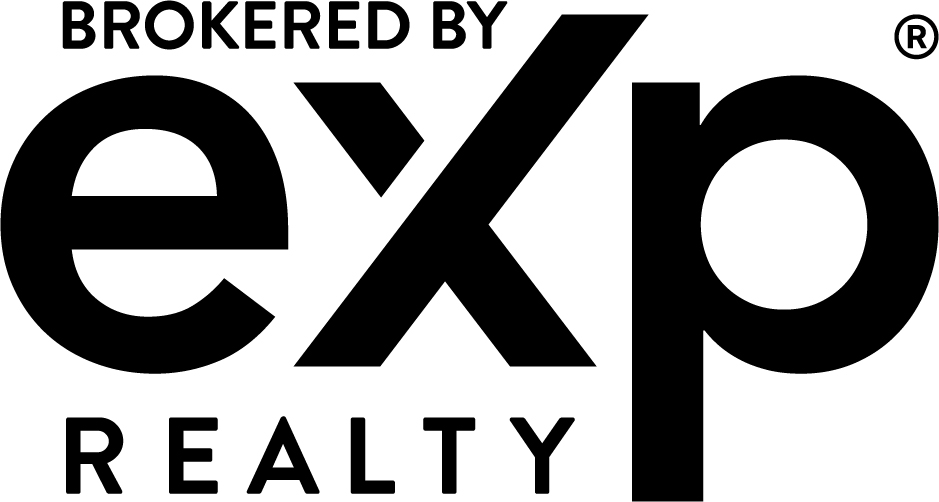For the first-time homebuyer, pursuing a home loan is a bit like visiting a foreign country where you don’t speak the language. Those who work in the industry tend to fling terms and acronyms around, expecting others to understand exactly what they’re talking about.
Understanding the loan process steps is one way to help you understand this language.
Have no fear, soon-to-be homeowner; we’ve created a handy glossary, of sorts, to help you out.
What Exactly IS A Mortgage?
“Mortgage” is an old French word that’s been in use since the turn of the 15th century. Once you learn the definition, we think you will never forget it:
“Mort” = “Dead”
“Gage” = “Pledge”
Sounds rather morbid, but the long-form definition is “… the deal dies either when the debt is paid or when payment fails,” according to the Online Etymology Dictionary.
We think it’s just a whole lot easier to think of it as a type of a loan, because… it is.
The People Part In The Loan Process Steps
It’s easy to understand where all those mortgage fees go once you understand just how many people have their fingers in the pie. The loan process steps are filled with a half-percent here and a half-percent there.
So, let’s get to know some of the players.
Mortgagor/Mortgagee
When you borrow money for a mortgage, you become known as the “mortgagor.” The lender, on the other hand, is the “mortgagee.”
Mortgage Broker
This person is a middle-man or woman who shops among many lenders to help his or her clients find a mortgage that is right for them.
Loan Officer
Should you decide to go directly to a lender (your local bank, for instance), the first person you will be introduced to will most likely be the loan officer.
The loan officer will counsel you on the pre-approval process and ensure that you turn over all the documents required to get moving in the loan process steps.
Loan Processor
The loan officer will bundle up all that paperwork you completed and hand it over to the loan processor. This is the person who will check the paperwork for accuracy, verify your credit and make sure you aren’t fibbing about your income. It almost seems in the loan process steps, these two folks could be combined into one function.
Once this process is complete, he or she will hand off the entire package to the underwriter.
Underwriter
The loan’s underwriter is the one person in the loan process steps you’d like to be besties with.
This is the person who will determine how much of a risk the lender faces by lending money to you for a home.
The underwriter will do an analysis of everything, determining whether or not:
- your application is complete and includes all documentation.
- you are eligible for the loan.
- you can afford to make the payments on the loan.
- the home is worth what you’ve agreed to pay for it.
These are just some of the underwriter’s duties, but they are the most significant for you.
Appraiser
We mentioned above that the underwriter must ensure that the home is worth at least the amount you want to borrow. He or she does this by using a professional property appraiser.

Common mortgage terms
Amortization: “Mortgage amortization is a financial term that refers to your home loan pay off process,” according to the prose at Chase.com.
The payments on your loan will gradually change over the course of repayment to being those that pay for mostly interest to those that go toward primarily the principle.
You’ll find an easy explainer online at nerdwallet.com.
Closing Costs: Expenses incurred in financing the home. Closing costs vary and some are negotiable. But as you’ll experience when going through the loan process steps, some costs are redundant. So ask someone who’s do this to consult with you – you may save some bucks.
Escrow Impounds: You will be asked to prepay taxes and insurance when escrow closes. This money goes into an escrow account and is used to ensure the timely payment of these bills. The lender may require up to two months’ worth of payments to be impounded.
Principal: The amount you originally borrow.
PITI: An acronym for Principal, Interest, Taxes and Insurance. This is your monthly mortgage payment.
Points: What the lender charges for originating the loan. One point equals 1 percent of the loan amount. In the loan process steps, you can negotiate points if you’re crafty.
Private Mortgage Insurance: Typically known as “PMI,” the borrower pays for this policy and the lender benefits if the borrower defaults on the mortgage.
With an FHA-backed mortgage, you’ll notice that this insurance is called “MPI,” short for mortgage insurance premium.
Mortgage insurance is required if the loan-to-value ratio is greater than 80%.
Depending on the experience and quality of the folks above, your loan process steps can take anywhere from a handful of days, to about three weeks. That’s a wide range, so it’s important you work with your realtor who may refer you to those who have a solid reputation. After all, a good realtor will have completed dozens or hundreds of transaction and has seen loan process steps fail or succeed for their customers.







